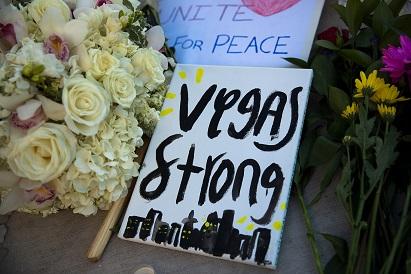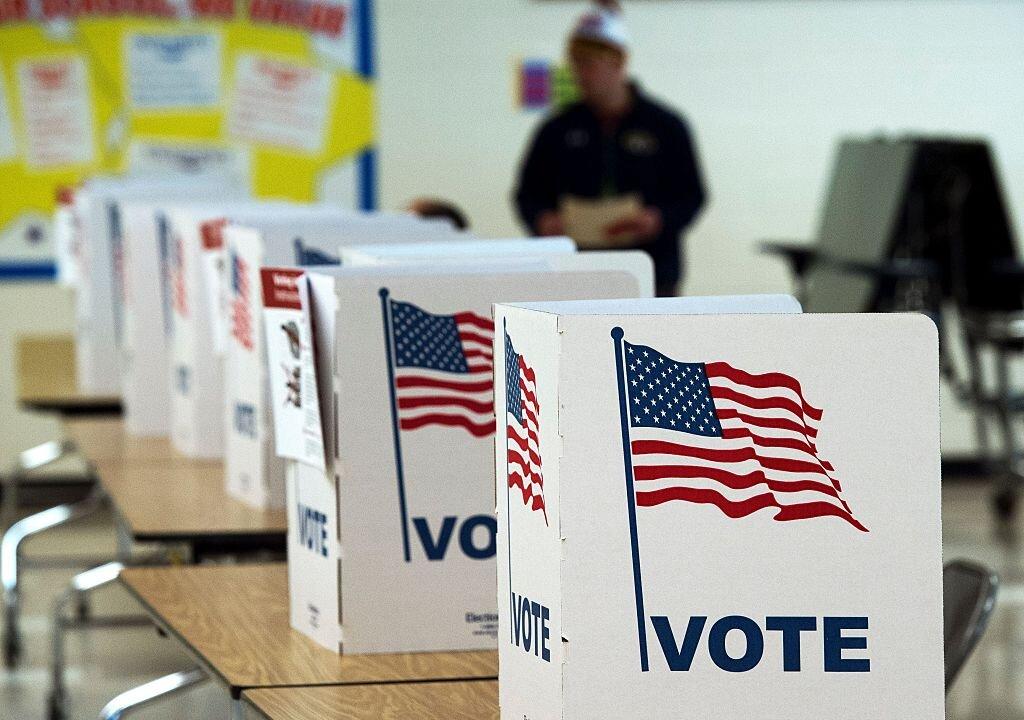Mass shootings are on the rise in the United States. A 2014 Harvard study indicated that from 1982 to 2011, on average mass shooting incidents (defined as four or more people were murdered by firearms in one incident) occurred every 200 days. But since 2011, the trend has been turning upward sharply: there has been a mass shooting incident every 64 days on average.
In the same time period, American society became more secular. According to the 2016 Gallup tracking poll on religions in America, while nearly three-quarters of American describe themselves as Christians, roughly 18 percent say they are atheist or agnostic, the highest since 2008, when Gallup started the daily tracking poll.
In contrast, 9 in 10 American identified as Christian in the 1940s and 1950s, with most of the rest identified as Jewish; only 2-3 percent of people reported they had no formal religious identity.




